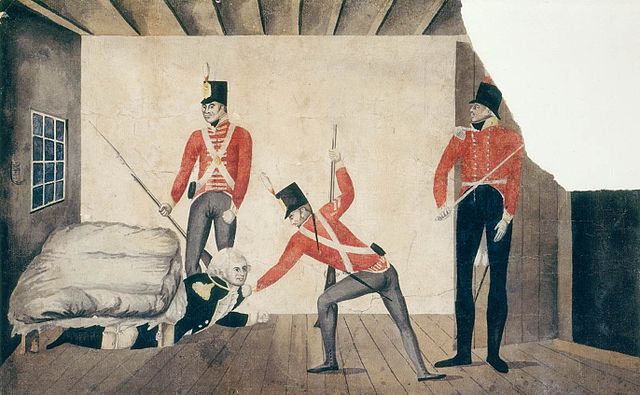We wouldn’t recommend using Facebook or Twitter as your main source when writing an essay. However, there are times when you may need to cite a social media post. Here, then, we’re looking at when and how to reference social media posts using Oxford-style footnote citations.
When to Cite a Social Media Post
Social media is not, shall we say, very academically rigorous. It is, in fact, full of nonsense. Some of it is entertaining nonsense, but that doesn’t mean it belongs in your university work.
As a rule, then, you shouldn’t cite a social media post if there is another source available. If you need to cite the date of the Rum Rebellion, for example, you’re better off with a history book.

But you can cite social media in some cases. This might be because a company has tweeted information about its performance, or it could be because you’re writing a paper on how people respond to news online. Whatever the reason, though, you need to give a full citation.
Footnote Citations
To cite a social media post in Oxford referencing, the first footnote should include the following:
- Author/Username – Ideally, the first initial and surname of the author; an organisational name or a username can be used instead if required.
- Title/First Words of Post – If the post does not have a title, you can use the opening words. This should be enough to make the post identifiable, but no more than one sentence.
- Platform – Where the post was made (e.g. Twitter, Facebook, LinkedIn).
- Date Posted – The day, month and year it was posted.
- URL – The URL where the post can be found (not the poster’s page or profile as a whole).
- Date of Access – The date you last accessed the post.
In practice, the first footnote citation of a social media post would look something like this:
1. McDonald’s Australia (@maccas), ‘Hi Sal! Prices can vary slightly between restaurants…’, Twitter, 14 July 2018, <twitter.com/maccas/status/1018005297368100864>, accessed 21 July 2018.
Find this useful?
Subscribe to our newsletter and get writing tips from our editors straight to your inbox.
If citing the same post more than once, you can use the standard shortened footnote format for repeat citations.
Bibliography
The format for a social media post in an Oxford bibliography is similar to the first footnote citation. The differences are that you should:
- Reverse the initial and surname for the author of the post so that it can be listed alphabetically by author surname.
- Use a half-inch (1.27cm) hanging indent for each line after the first.
Otherwise, the bibliography entry for a social media post will be identical to the first footnote citation.
Oxford Variations
‘Oxford referencing’ is a style rather than a system. It varies between institutions, including on how to present citations and the bibliography entry.
The format we use above follows common Oxford conventions, but you should also check your style guide (if you have one) to confirm that this is correct for you. Beyond that, just make sure all your referencing is clear and consistent. And if you’d like an expert academic editor to help on that front, simply submit your written work for proofreading today.



